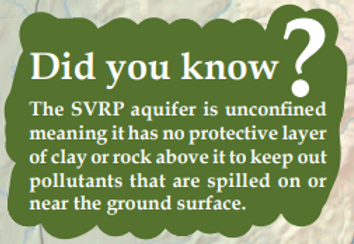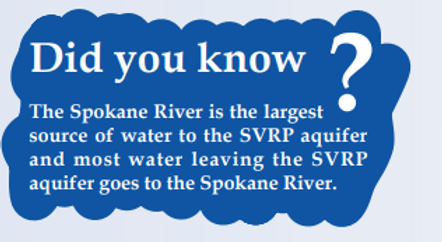In order to test the airtightness of your home,professional energy auditors will use a Blower Door Test. For this test,a large fan is mounted in the frame of an exterior door. The fan then withdraws air from the home,causing the air pressure inside the house to drop. Measurements of the rate of change of the air pressure can be used to calculate how airtight your home is.
For instance,if the air pressure in the home stays relatively high,it’s an indicator that you have drafts and air leakage,which work against your home’s insulation. At HiLine Homes,we ensure that every home we build not only meets but surpasses,energy code requirements in airtightness. Let’s take a look at what high marks on the blower door test mean to you.
Air leakage in your HiLine home will be very low. Because each home we build is incredibly well insulated,heating and cooling systems will be able to work at peak efficiency,saving you money.
Because drafts as air leaks are eliminated,you can rest assured that moisture is not entering your home through gaps in insulation. This will ensure that your home is incredibly resistant to moisture-condensation problems,and mold.
You won’t be bothered by uncomfortable drafts.
Air filtration systems will be able to do a better job of keeping the indoor air quality inside your home high and filtering out particulate matter.
Remember,at HiLine Homes,all of the homes we build significantly exceed energy code requirements. With your HiLine home,you’ll be happy that you invested in energy-efficient construction. Contact us to learn more about the ways that HiLine Homes meets and surpasses energy code requirements. Learn more below.

